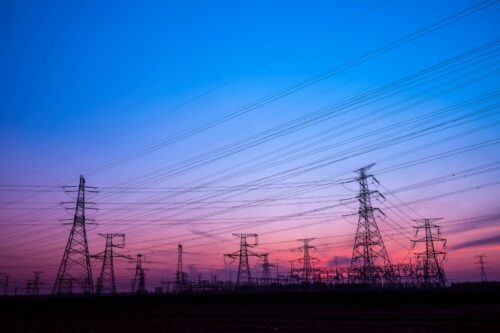
Report | 2022
Making the Clean Energy Transition Affordable
How Totex Ratemaking Could Address Utility Capex Bias in the United States
The US electric sector faces a massive spending surge in the coming years as utilities decarbonize, strengthen system resilience, and embrace technological advances. To maintain affordability during this investment boom, utility spending must be cost effective. However, traditional utility regulation creates a perverse incentive known as “capex bias,” which encourages utilities to pursue capital investments over other alternatives — even if those alternatives could save customers money.
Totex ratemaking is a regulatory innovation that could help keep utility rates affordable through the clean energy transition. By changing how regulators set the utility’s revenue allowance, it allows alternative solutions to compete with capital projects on a level playing field.
Totex ratemaking is part of RIIO, the UK’s performance-based regulatory framework, and has a growing track record in Europe — but so far no US state has seriously considered adopting it. A key reason for this seems to be the assumption that totex ratemaking would conflict with current US accounting standards, coupled with uncertainty about whether this could impact a utility’s cost of capital.
Based on the research presented in our new report, Making the Clean Energy Transition Affordable, we believe totex ratemaking is broadly compatible with existing US accounting standards, and that if conflicts do arise the impacts should be manageable. We therefore see no reason why US regulators who wish to explore it should not move forward. However, whether totex ratemaking should be adopted in the United States is ultimately a question for state regulators and local stakeholders. To help jump-start these discussions, the report offers some initial thoughts on a series of design and implementation questions.